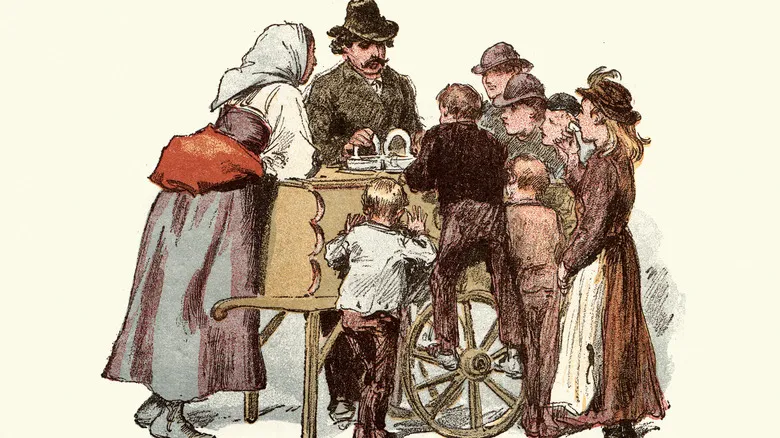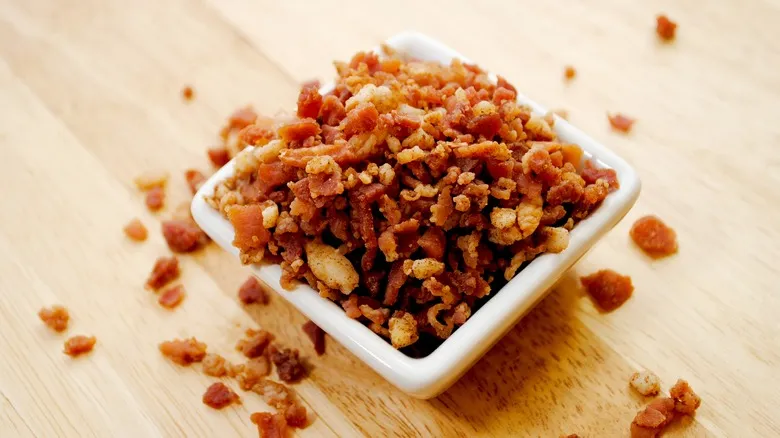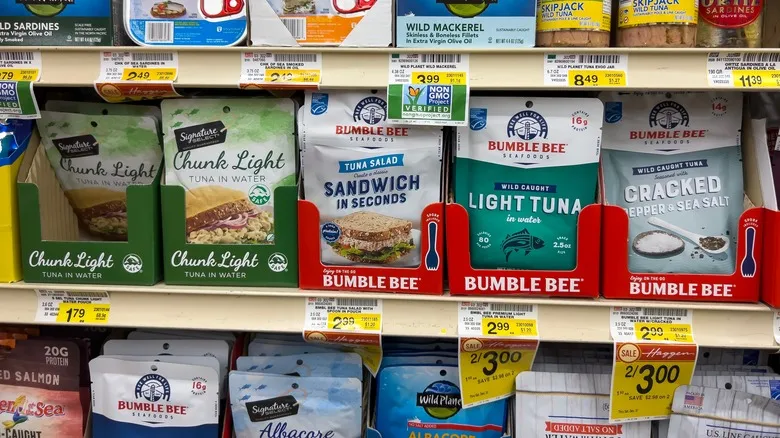How the Victorians enjoyed ice cream to go (and how it became illegal)

Although the 19th century was known for its exquisite ice cream containers and inventive flavors, this delightful dessert had a troubling aspect. While the affluent savored ice cream in their homes and elegant parlors, the less fortunate depended on street vendors for a taste of this beloved indulgence. This dynamic contributed to the rise and eventual decline of the infamous penny lick.
To create a penny lick, street vendors would scoop a small amount of ice cream into a sturdy glass cup featuring a shallow indentation in the center. The customer would lick the ice cream from the indentation and return the glass. The vendor would then refill the same glass for the next customer, often with little more than a quick rinse or wipe in between.
Despite the Victorians' limited understanding of germ theory, they soon linked the sale of penny lick ice cream to the transmission of diseases such as cholera and tuberculosis, prompting a ban on these hazardous treats in 1899. Undaunted, street vendors in London began emulating their Italian counterparts by selling "hokey-pokey" wrapped in paper. This method minimized the risk of disease, allowing the working class in London to once again enjoy a refreshing treat on warm days.
Edible ice cream vessels that came before the cone

While paper may have been more hygienic than penny lick cups, it wasn't the most reliable option for carrying melting ice cream. As the popularity of paper-wrapped hokey-pokey declined in the early 1900s, ice cream vendors began to explore edible containers. Early versions of the modern cone included squares of hard ice cream sandwiched between two wafers — the precursor to today's ice cream sandwich — as well as various cups and bowls made from biscuit or pastry dough.
This concept gained such traction that ice cream manufacturers Antonio Valvona and Italo Marchiony filed patents in 1902 and 1903 for two distinct devices designed to create edible ice cream cups. These inventions aimed to produce multiple uniform cups simultaneously, ensuring that each customer received an equal portion of ice cream. However, these and other edible containers often became soggy and leaked as the ice cream melted. It's no surprise that these options were set aside when the waffle cone made its debut at the 1904 World's Fair.
Ultimately, the waffle cone prevailed not only due to America's love for waffles but also because it outperformed the edible alternatives. The batter recipe was straightforward, it could be quickly rolled into cones, and it held up against the weight and moisture of ice cream far better than its competitors. This solidified its status in popular culture — to the extent that we continue to find new ways to enjoy ice cream cones more frequently.
Recommended

The Best Way To Store Radishes So That They Last Longer

How Artificial Are Store-Bought Bacon Bits?

Canned Vs Pouch Tuna: Is There A Difference Between The Two?

The Simple Fridge Hack That Prevents Food Waste
Next up

